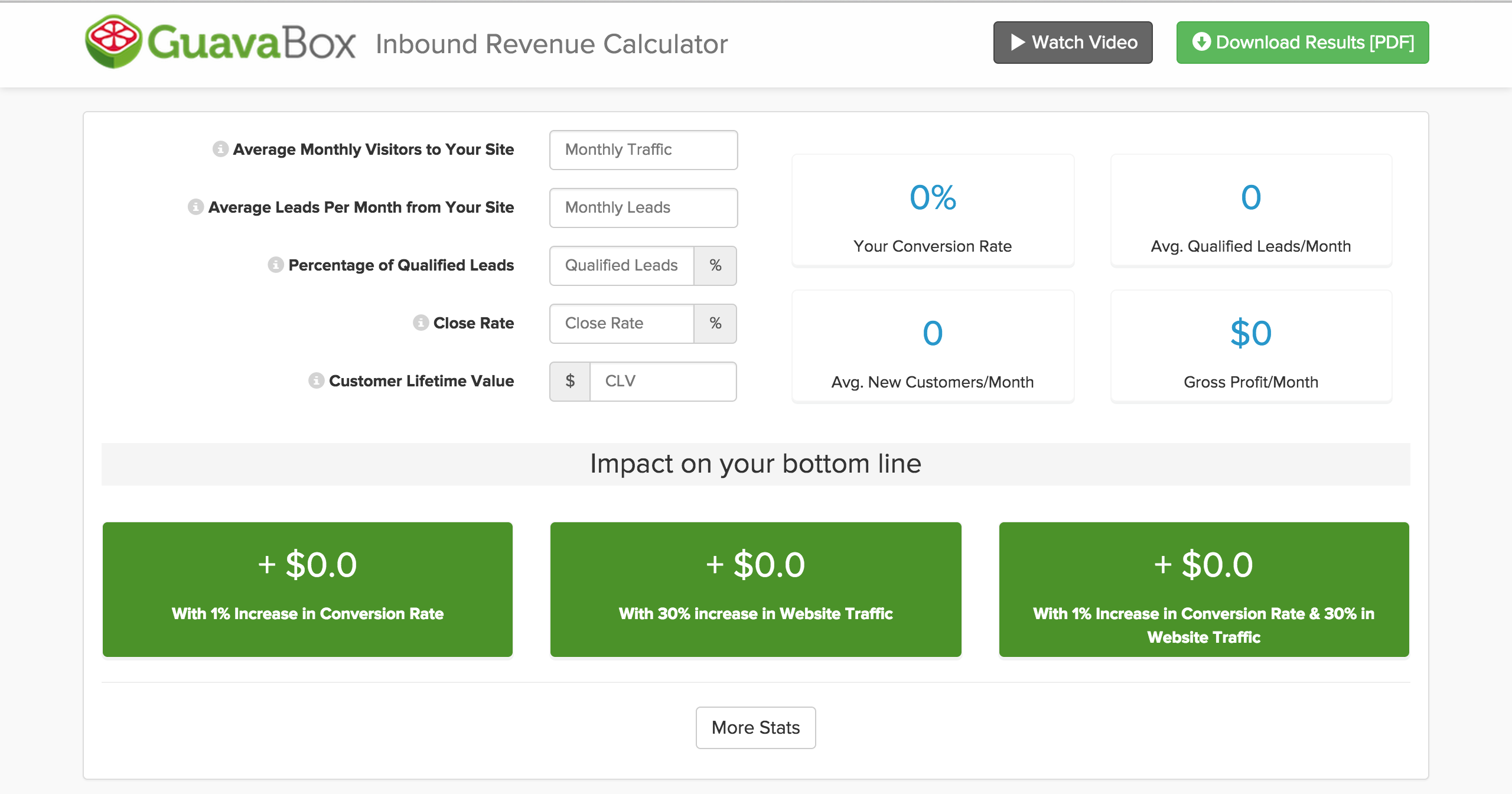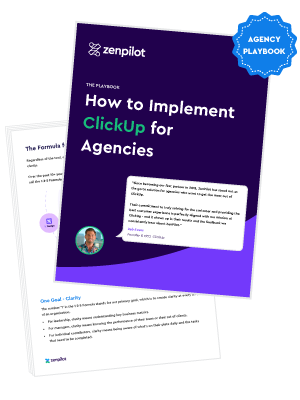4 Reporting Methods That Will Absolutely Delight Your Clients
To chat with Gray and have ZenPilot lead your team through the last project management implementation you'll ever need, schedule a quick call here.
In our office, we make coffee with fresh-ground beans from the roaster down the street and then hand brew it with the Chemex brewing system.
The point is this—brewing coffee by hand allows you to control every aspect of the process. It takes a little bit more time, but the result is much, much better. It’s so much smoother and so much more enjoyable than your average, drip-made pot of coffee.
The same goes for reporting, which is a vital ingredient in a successful client relationship. If you put a little bit more time into it, you’ll create an experience that will absolutely delight your clients.
The more time and the more thought you put into it, the happier your clients will be. This will help you retain and grow your agency.
The Job of Reporting in a Client Relationship
The purpose of reporting in a client relationship is simple—to showcase what’s occurring in your relationship.
Where a lot of agencies fall flat is by stopping with the report. There’s a huge difference between reports and reporting.
Reports are just assets with data on them. Your job as an agency is to translate that data into meaning and to help the client understand what it all means.
Why Good Reporting is Important for Your Agency
With Bad Reporting, Amazing Results Can Look Like Crappy Results
One of the most successful client engagements that Andrew and I ever ran died on the vine because we didn’t report well enough. The results were absolutely killer, but the reporting style and methodology didn’t convey this enough.
As an agency, it’s our duty to communicate the value and the meaning of what we’re doing and how it’s performing.
Everything We Do Is Linked to Results
Whether you want to believe it or not, everything we do as an agency is always tied to results.
We need to be actively reporting results and the return on investment (ROI) that those results are bringing to the table. Our clients want to understand where their money is going and how our efforts are working for them.
If you aren’t able to clearly link your work with results than you’re going to lose the account at the end of the contract, or you might even lose it along the way.
Presidents and CEOs want to know that your work is bringing leads to the sales team and that the sales team is closing those leads into sales.
Reporting is Another Opportunity to Teach
You have to connect everything you do back to the fundamentals. Every meeting you have with a client is another opportunity to teach more about inbound marketing.
Your clients have to understand why you’re doing what you’re doing, how it works and what the future looks like.
One sticking point we had with a former client—who was on an inbound marketing “fast” package with one blog post per week—was communicating the value of blog posts. They knew they wanted to target keywords, but they weren’t able to link keyword targeting with properly written blog posts. If we would’ve educated them better on best blogging practices and the true value of blog posts, we would’ve been in a much better position to retain the account.
Four Reporting Methods That Will Delight Your Clients
1) Establish Your Reporting Frequency Expectations Up Front
It’s important to set the pace for reporting. Heck, it’s even a good idea to set frequency up in your contracts, which can set that pace and protect you from scope creep in the future.
Whether it’s utilizing weekly reporting or monthly reporting, you need to set the expectation up front for the clients so they know what’s coming and when it’s coming.
More than that, however, is your ability to deliver. Make sure you’re fulfilling your obligations and expectations—there’s no better way to begin winning trust.
Here are the three bare minimum frequencies I recommend for optimal client happiness:
- Weekly reporting for activity reports
- Monthly reporting for result reports
- Quarterly reporting meetings for ROI reports
2) Consolidate All of Your Reporting into One, Easily accessible Place
Once you determine your frequency, it’s going to be important to have a singular hub for your clients to access them from. There’s no point to doing reporting if it’s not easily accessed by everyone.
Too often, agencies send hundreds of emails with individualized reports. If a client isn’t pulling these reports out of the emails and saving them in an organized manner, which let’s be honest—they’re most likely not, the aren’t going to be able to easily go back through and review everything when they need to.
With tools like Google Slides and Dropbox, there’s no reason to keep these reports huddled in your office computer.
- We keep a consolidated, single Google Slides Folder with all of the reports for our clients. This helps keep it in one place and helps us work within our processes.
3) Keep Your Reports Simple and to the Point!
There’s nothing clients hate more than reports filled with jargonish nonsense.
When you’re creating your reports, keep them simple and to the point.
You also need to focus on the metrics that matter for your reports. Pick one metric, really dig into it, discuss it and talk about why we want to see that metric increase. Here are a few examples of metrics to focus on:
- Visit-to-lead conversion rate
- Lead-to-customer conversion rate
- Reports on specific Campaigns
4) Tie Your Reports to ROI
You have to ask yourself at every level of reporting, “What do our agency’s activities mean for the ROI?”
If you can’t demonstrate ROI, and demonstrate it clearly, you’re going to have a really hard time keeping retainers.
This is also a conversation you’re not going to knock out of the park in one interaction. If you’re planning on strolling in on one year-end meeting to tackle ROI with a client, you’re not going to have the time or history to win the battle. You have to be talking about the ROI along the way and as you’re reporting every step of the way. By bringing ROI up in the little conversations, you’ll be able to better demonstrate it and win that battle in the really big conversations.
One way we showcase ROI is with the use of our Inbound Revenue Calculator. With this tool, we can clearly showcase ROI in a dollar amount, but that’s not all. We can also display what an increase in conversion rate and website traffic will do for the bottom line.

Report Better and See Happy Clients
The bottom line is this—good reporting equals happier clients. Refine your methods and I promise you you’ll begin delighting your clients.




